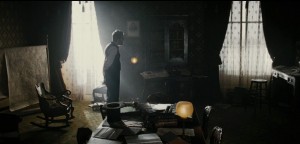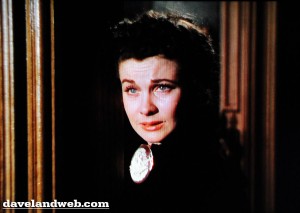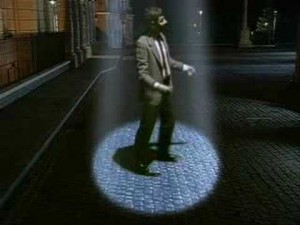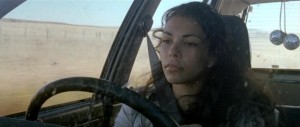In my earlier blog post I wrote that ‘backlight is where the main source of light comes from behind the character. This can create a very mysterious mood. Commonly seen in horror films and detective/crime shows to enhance the use of shadows.’
I hope to investigate this future throughout this blog post and discover more along the way.
Doing research on this particular lighting technique, I found that particular genres of film always seemed to popping up. From mystery to crime to drama to horror, this lighting technique was used as a way to convey a point or dramatic effect within the shot.
So what is backlighting? Backlighting is a type of spotlight, a light that amplifies the brightness of an LCD scene by illuminating it from behind. This effect create a glowing effect on the edge of the subject or person, while the other areas are darker. This lighting technique is usually made more intense by an artificial source but can also be from natural light from the sun or from the moon.
If the lighting source were to be artificial, it is usually set up directly behind the subject, which lights foreground elements from the rear. This effect can create a very dramatic representation of the subject and or person presented in the scene.
The shot I have presented above is a very detailed and well represented example of the backlight lighting technique. The character presented in the shot is positioned to the side but the light formed from the back of him has created this hard light edge surrounding him. It is here we cannot see the characters facial expressions, but what we do see (as the audience) is the movements he or she is making. Commonly seen in mystery or crime films the smoke in the shot has also been picked up by the light which in my eyes a pretty awesome shot.
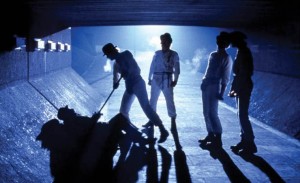
The shot above is from the film “A Clockwork Orange”
The film itself to me is a very scary, confronting representation of a young gang. Personally I could only watched 1/4 of the film as it was not the type I could sit and enjoy. I did however remember this shot as it was one I could never forget. The lighting in this shot is amazing from start to finish. The backlight is strong and the shadows that it creates is unbelievable. As they walk up to the old man lying on the ground their shadows are large but the very dominate backlight does not allow the audience to see any of the gangs faces until later in the scene when a close up has appeared.
The way this shot was constructed was to create a very mysterious and “horror” type effect. It was constructed for the audience to feel on edge and wary that something was about to happen within the shot. An old innocent man lying on the ground in a dark alley way and the shadows of 4 young men approaching. The shadows allow the scene to be scary and I feel the director did exactly that when creating and contracting the scene.
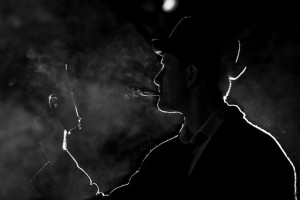



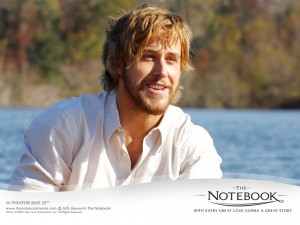
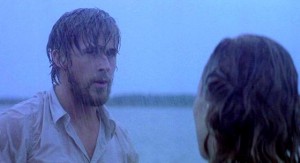

 This is a very good example of natural lighting in the night. The moon although dark at night its white and dominant light source can create a key light effect on a person/object seen in the shot. This shot I have presented with the moon is bouncing off the water giving a bright reflection. As it does this it has also created a very strong backlight which has caused the trees or branches in the shot to be all black figures.
This is a very good example of natural lighting in the night. The moon although dark at night its white and dominant light source can create a key light effect on a person/object seen in the shot. This shot I have presented with the moon is bouncing off the water giving a bright reflection. As it does this it has also created a very strong backlight which has caused the trees or branches in the shot to be all black figures.


